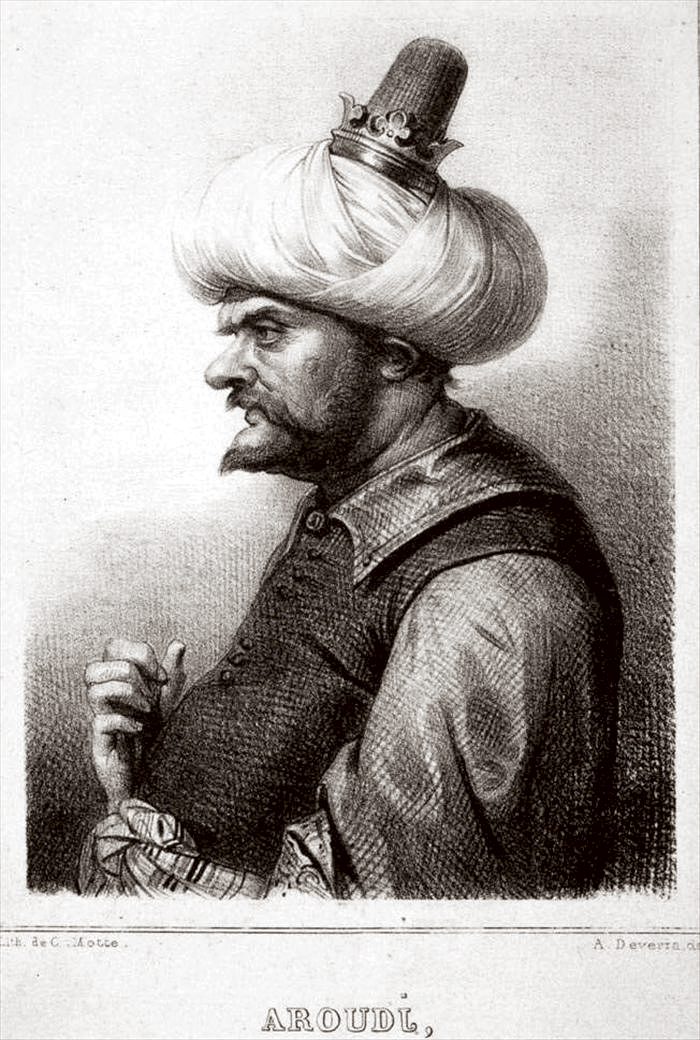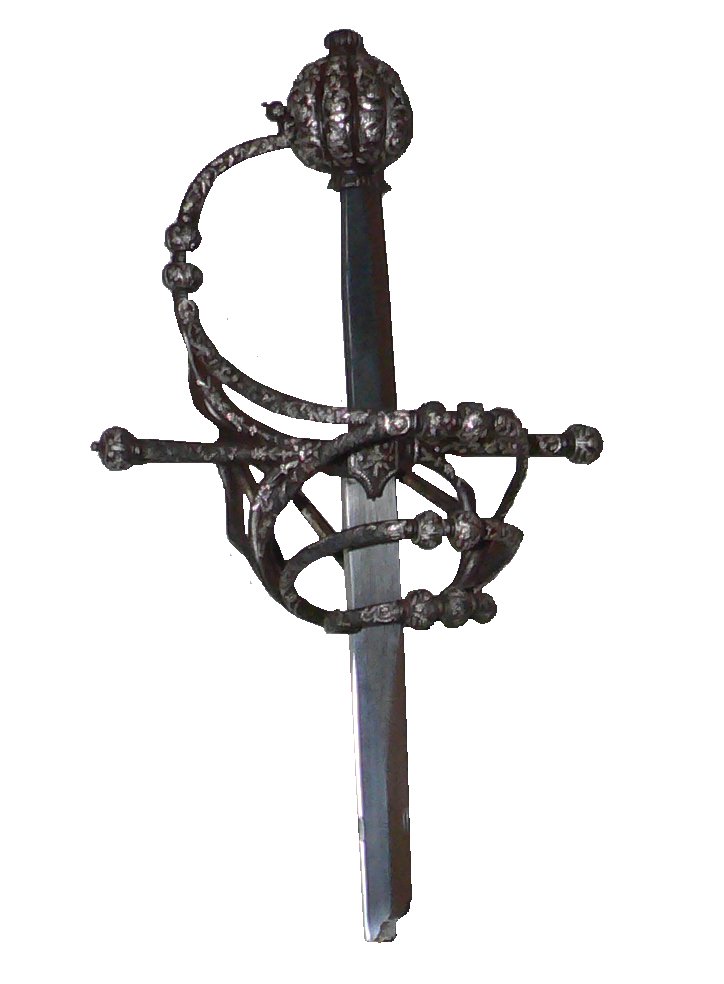|
Flag Of Tunisia
The national flag of Tunisia is a rectangular panel of red color with an aspect ratio of 2:3. In the center of the cloth in a white disk is placed a red crescent, surrounding a red five-pointed star on three sides. The Beylik of Tunis, Tunisian Bey Al-Husayn II ibn Mahmud, Hussein II decided to create a flag for Tunisia, close in appearance to the modern one, after the Battle of Navarino on 20 October 1827; in 1831 he was officially approved. In that form, the flag existed during the French protectorate of Tunisia, French protectorate, and on 1 June 1959, it was proclaimed the state flag of the Republic of Tunisia (in accordance with the Tunisian Constitution). On 30 June 1999, the proportions and design of the flag were clarified by a special law. The general appearance of the flag remained virtually unchanged. The crescent and the star depicted on the flag of Tunisia are traditional symbols of Islam and are also considered symbols of good luck. History Previous flags Until ... [...More Info...] [...Related Items...] OR: [Wikipedia] [Google] [Baidu] |
Five-pointed Star
A five-pointed star (☆), geometrically an equilateral concave decagon, is a common ideogram in modern culture. Comparatively rare in classical heraldry, it was notably introduced for the flag of the United States in the Flag Act of 1777 and since has become widely used in flags. It has also become a symbol of fame or "celebrity, stardom" in Western culture, among other uses. History of use Early history The Egyptian hieroglyph representing "star" had five points (N14 Gardiner's sign list#N, N14), while the dingir, "star" sign in Mesopotamian cuneiform had eight. Sopdet, the Egyptian personification of the star Sirius, is always shown with the five-pointed star hieroglyph on her head. The five-pointed star is the oldest symbol of Italy. Venus (mythology), Venus (once considered a star instead of a Venus, planet) represented the West and was, in Classical mythology, the symbol of the Italian peninsula, which was western to Greece. The star (or ''mullet (heraldry), mullet'' ... [...More Info...] [...Related Items...] OR: [Wikipedia] [Google] [Baidu] |
Brookfield, Connecticut
Brookfield is a New England town, town in Fairfield County, Connecticut, United States, situated within the southern foothills of the Berkshires, Berkshire Mountains. The population was 17,528 at the 2020 United States census, 2020 census. The town is located northeast of New York City, making it part of the New York metropolitan area#Combined statistical area, New York-Newark, NY-NJ-CT-PA combined statistical area. The town is part of the Western Connecticut Planning Region, Connecticut, Western Connecticut Planning Region. In July 2013, Money (magazine), ''Money'' magazine ranked Brookfield the 26th-best place to live in the United States, and the best place to live in Connecticut. Colonists settled in what is now known as Brookfield in 1710, led by John Muirwood and other colonial founders including Hawley, Peck and Merwin. They bartered for the land from the Wawyachtonoc, Wyantenuck and the Potatuck, Potatuck Nations who were ruled under the Sachems Waramaug and Pocono. Sach ... [...More Info...] [...Related Items...] OR: [Wikipedia] [Google] [Baidu] |
Mediterranean Sea
The Mediterranean Sea ( ) is a sea connected to the Atlantic Ocean, surrounded by the Mediterranean basin and almost completely enclosed by land: on the east by the Levant in West Asia, on the north by Anatolia in West Asia and Southern Europe, on the south by North Africa, and on the west almost by the Morocco–Spain border. The Mediterranean Sea covers an area of about , representing 0.7% of the global ocean surface, but its connection to the Atlantic via the Strait of Gibraltar—the narrow strait that connects the Atlantic Ocean to the Mediterranean Sea and separates the Iberian Peninsula in Europe from Morocco in Africa—is only wide. Geological evidence indicates that around 5.9 million years ago, the Mediterranean was cut off from the Atlantic and was partly or completely desiccation, desiccated over a period of some 600,000 years during the Messinian salinity crisis before being refilled by the Zanclean flood about 5.3 million years ago. The sea was an important ... [...More Info...] [...Related Items...] OR: [Wikipedia] [Google] [Baidu] |
Husainid Dynasty
The Husainid dynasty or Husaynid dynasty () was a ruling Turkish dynasty of the Beylik of Tunis. The dynasty was of Greek origin from the island of Crete. It came to power under al-Husayn I ibn Ali in 1705, succeeding the Muradid dynasty. After taking power, the Husainids ruled as Beys and ruled Tunisia until 1957. The Husainids originally ruled under the suzerainty of the Ottoman Empire. The Ottoman sultans officially regarded them as ''beylerbeyi''s (provincial governors) and recognized their rights to hereditary succession. Their succession to the throne was in theory determined by male primogeniture, but this was not always followed and, especially in later periods, the throne was often granted to an older male family member along the collateral branches of the family. The heir apparent to the Bey held the title Bey al-Mahalla and led the ''mahalla'', a biannual tax collection expedition around the country. History After Husayn I ibn Ali was granted the title of '' ... [...More Info...] [...Related Items...] OR: [Wikipedia] [Google] [Baidu] |
Ottoman Tunisia
Ottoman Tunisia, also known as the Regency of Tunis, refers to a territory of Ottoman Empire that existed from the 16th to 19th century in what is largely modern-day Tunisia. During the period of Ottoman Rule, Tunis was administratively integrated into the Ottoman Empire as the Eyalet of Tunis. The Ottoman presence in the Maghreb began with the conquest of Algiers in 1516 by the Ottoman Turkish corsair and ''beylerbey'' Aruj (Oruç Reis). In 1534, the Ottoman navy under the command of Kapudan Pasha Hayreddin Barbarossa, himself the younger brother of Aruj, attacked and successfully captured Tunis, which was then a territory of the Hafsids. However, less than a year later, Emperor Charles V sent a large, multinational invasion force to wrest control of Tunis, which attacked from across the Strait of Sicily and overwhelmed the city's Ottoman defenders. Following the final Ottoman reconquest of Tunis from Spain in 1574, the Ottoman Empire would hold Tunis for over three cen ... [...More Info...] [...Related Items...] OR: [Wikipedia] [Google] [Baidu] |
15th Century
The 15th century was the century which spans the Julian calendar dates from 1 January 1401 (represented by the Roman numerals MCDI) to 31 December 1500 (MD). In Europe, the 15th century includes parts of the Late Middle Ages, the Early Renaissance, and the early modern period. Many technological, social and cultural developments of the 15th century can in retrospect be seen as heralding the " European miracle" of the following centuries. The architectural perspective, and the modern fields which are known today as banking and accounting were founded in Italy. The Hundred Years' War ended with a decisive French victory over the English in the Battle of Castillon. Financial troubles in England following the conflict resulted in the Wars of the Roses, a series of dynastic wars for the throne of England. The conflicts ended with the defeat of Richard III by Henry VII at the Battle of Bosworth Field, establishing the Tudor dynasty in the later part of the century. Const ... [...More Info...] [...Related Items...] OR: [Wikipedia] [Google] [Baidu] |
Hafsid Dynasty
The Hafsid dynasty ( ) was a Sunni Muslim dynasty of Berbers, Berber descentC. Magbaily Fyle, ''Introduction to the History of African Civilization: Precolonial Africa'', (University Press of America, 1999), 84. that ruled Ifriqiya (modern day Tunisia, western Libya, and eastern Algeria) from 1229 to 1574. The dynasty was founded by Abu Zakariya Yahya, who was initially appointed governor of the region by the Almohad caliph before declaring his independence. Under the reigns of Abu Zakariya and his successor, Muhammad I al-Mustansir, al-Mustansir (), the Hafsids consolidated and expanded their power, with Tunis as their capital. After al-Mustansir's death, internal conflicts resulted in a division between an eastern branch of the dynasty ruling from Tunis and a Hafsids of Béjaïa, western branch ruling from Béjaïa and Constantine, Algeria, Consantine. A reunification took place under Abu Yahya Abu Bakr II (), but his death was followed by another crisis during which the Marinid ... [...More Info...] [...Related Items...] OR: [Wikipedia] [Google] [Baidu] |
Distance
Distance is a numerical or occasionally qualitative measurement of how far apart objects, points, people, or ideas are. In physics or everyday usage, distance may refer to a physical length or an estimation based on other criteria (e.g. "two counties over"). The term is also frequently used metaphorically to mean a measurement of the amount of difference between two similar objects (such as statistical distance between probability distributions or edit distance between string (computer science), strings of text) or a degree of separation (as exemplified by distance (graph theory), distance between people in a social network). Most such notions of distance, both physical and metaphorical, are formalized in mathematics using the notion of a metric space. In the social sciences, distance can refer to a qualitative measurement of separation, such as social distance or psychological distance. Distances in physics and geometry The distance between physical locations can be defined ... [...More Info...] [...Related Items...] OR: [Wikipedia] [Google] [Baidu] |
Hilt
The hilt (rarely called a haft or shaft) is the handle of a knife, dagger, sword, or bayonet, consisting of a guard, grip, and pommel. The guard may contain a crossguard or quillons. A tassel or sword knot may be attached to the guard or pommel. Pommel The pommel ( Anglo-Norman "little apple") is an enlarged fitting at the top of the handle. They were originally developed to prevent the sword from slipping from the hand. From around the 11th century in Europe, they became heavy enough to be a counterweight to the blade. This gave the sword a point of balance not too far from the hilt, allowing a more fluid fighting style. Depending on sword design and swordsmanship style, the pommel may also be used to strike the opponent (e.g. using the Mordhau technique). Pommels have appeared in a wide variety of shapes, including oblate spheroids, crescents, disks, wheels, and animal or bird heads. They are often engraved or inlayed with various designs and occasionally gilt and moun ... [...More Info...] [...Related Items...] OR: [Wikipedia] [Google] [Baidu] |
Sword
A sword is an edged and bladed weapons, edged, bladed weapon intended for manual cutting or thrusting. Its blade, longer than a knife or dagger, is attached to a hilt and can be straight or curved. A thrusting sword tends to have a straighter blade with a pointed tip. A slashing sword is more likely to be curved and to have a sharpened cutting edge on one or both sides of the blade. Many swords are designed for both thrusting and slashing. The precise definition of a sword varies by historical epoch and geographic region. Historically, the sword developed in the Bronze Age, evolving from the dagger; the Bronze Age sword, earliest specimens date to about 1600 BC. The later Iron Age sword remained fairly short and without a crossguard. The spatha, as it developed in the Late Roman army, became the predecessor of the European sword of the Middle Ages, at first adopted as the Migration Period sword, and only in the High Middle Ages, developed into the classical Knightly sword, ar ... [...More Info...] [...Related Items...] OR: [Wikipedia] [Google] [Baidu] |






